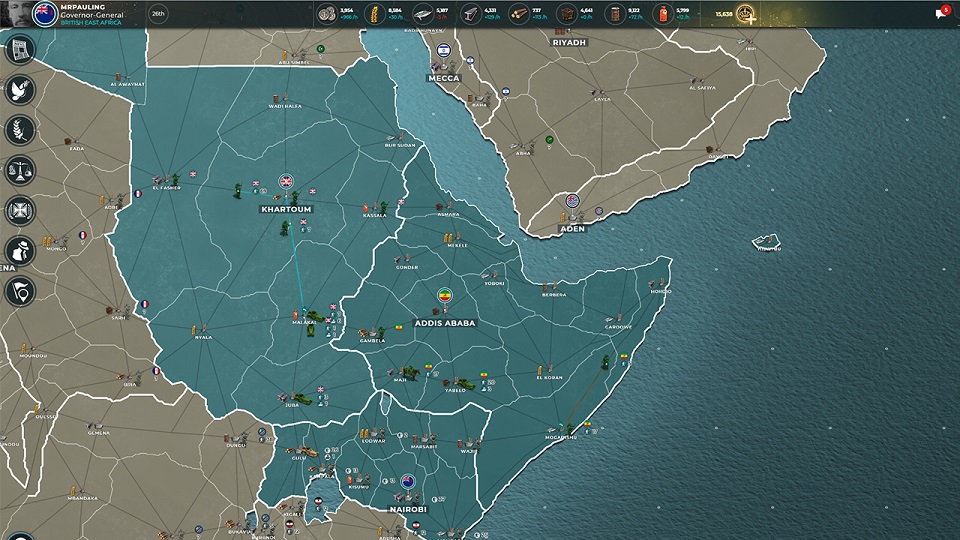


When I visited the newly rehung galleries, I arrived ready to see how the curators integrated these new artworks into the narrative flow-that modernist timeline– that defines the fifth floor. This is one of several such artworks from the Museum’s collection installed throughout the fifth-floor galleries to affirm the ideals of welcome and freedom as vital to this Museum as they are to the United States.” Faramarz Pilaram, Laminations (Les Lames), 1962 with Jackson Pollock, One: Number 31, 1950, 1950, installation view Their wall labels include a block of text that explains, “ This work is by an artist from a nation whose citizens are being denied entry into the United States, according to a presidential executive order issued on Jan.

In total, there are seven works now hanging where before was only art by canonized Western artists like Picasso and Matisse. However, as of early February, this is also the place where one can find one of the institutional art world’s most public expressions of resistance to Donald Trump’s travel ban.Īfter Trump signed the executive order banning the entrance to the United States of refugees and citizens from seven majority-Muslim countries, MoMA curators interspersed works by artists from these targeted nations throughout the fifth floor. This is the place where one can find, moving from one gallery to the next, the instantly recognizable works of the art historical timeline: Vincent Van Gogh’s The Starry Night, Pablo Picasso’s Les Demoiselles d’Avignon, and Henri Matisse’s Dance. The fifth floor of the Museum of Modern Art is devoted to the Museum’s permanent collection of works from the late 19th to the mid 20th centuries.


 0 kommentar(er)
0 kommentar(er)
